Statistics A Tool for Social Research International Edition 9th Edition – Test Bank
Multiple Choice Questions
1. A defining characteristic of the normal curve is that it is a. theoretical
b. positively skewed
c. negatively skewed
d. perfectly nonsymmetrical
Answer: a Page: 118 LO: 1
2. By definition, the normal curve is
a. symmetrical
b. positively skewed
c. negatively skewed
d. empirical
Answer: a Page: 118 LO: 1
3. The tails of the theoretical normal curve
a. intersect with the horizontal axis between the 4th and 5th standard deviation
b. intersect with the horizontal axis beyond the 5th standard deviation
c. never touch the horizontal axis
d. maintain the same distance above the horizontal axis beyond the 3rd standard deviation
Answer: c Page: 118 LO: 1
4. Unlike empirical distribution, the theoretical normal curve is
a. positively skewed
b. negatively skewed
c. bimodal
d. perfectly symmetrical
Answer: d Page: 118 LO: 1
5. On all normal curves the area between the mean and ± 1 standard deviation will be
a. about 34% of the total area
b. about 68% of the total area
c. 50% of the total area
d. 99.9% of the total area
Answer: b Page: 120 LO: 1
6. On all normal curves the area between the mean and ± 2 standard deviations will be
a. about 34% of the total area
b. about 95% of the total area
c. less than 50% of the total area
d. about 68% of the total area
Answer: b Page: 120 LO: 1
7. On all normal curves the area between the mean and +1 standard deviation will be
a. about 34% of the total area
b. about 68% of the total area
c. about 95% of the total area
d. about 99% of the total area
Answer: a Page: 120 LO: 1

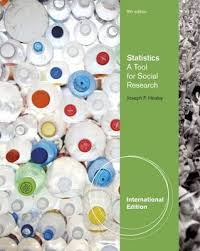
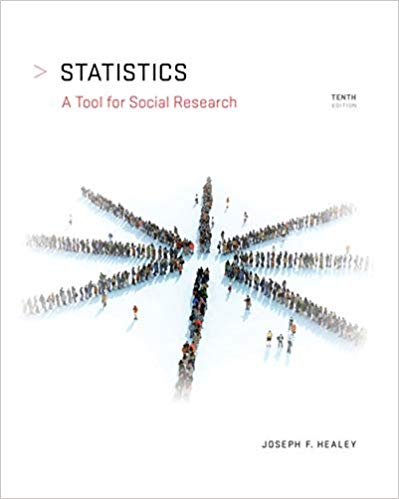
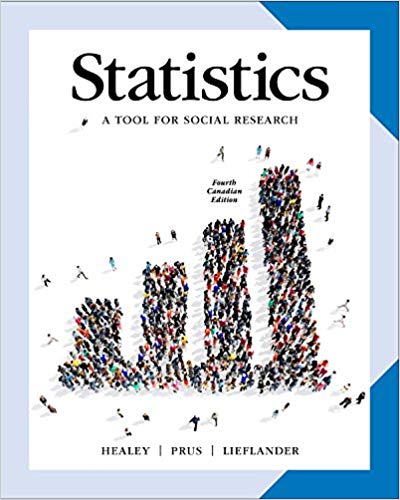



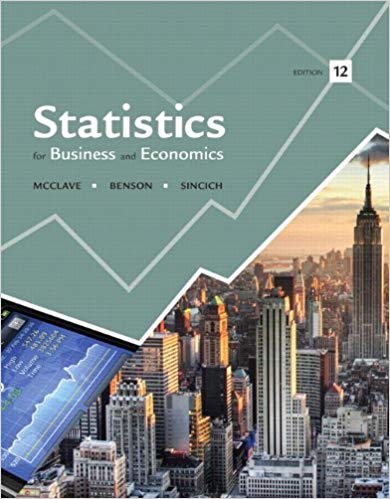
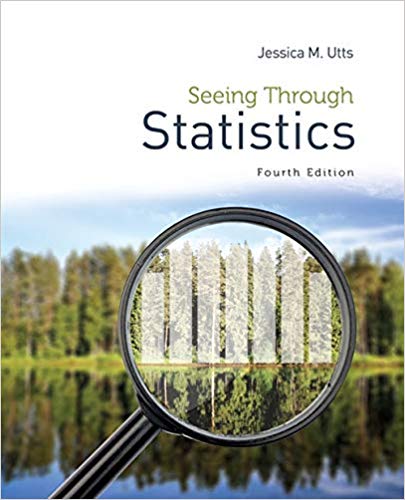




Reviews
There are no reviews yet.